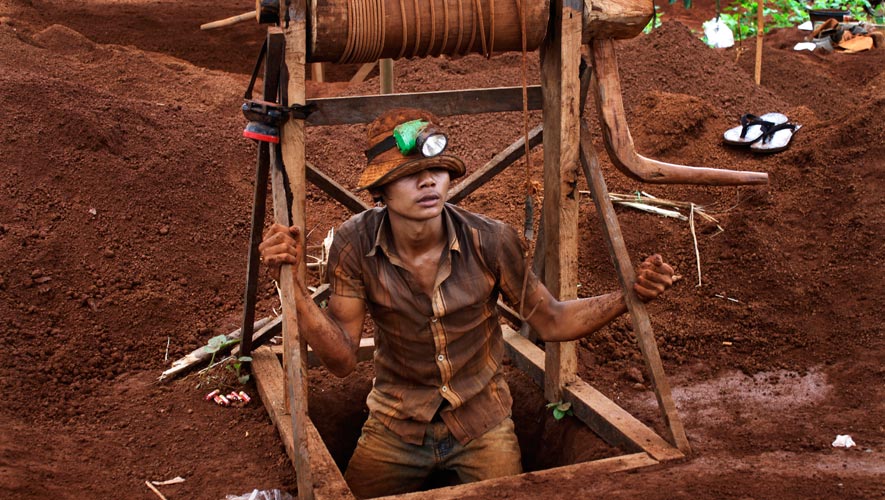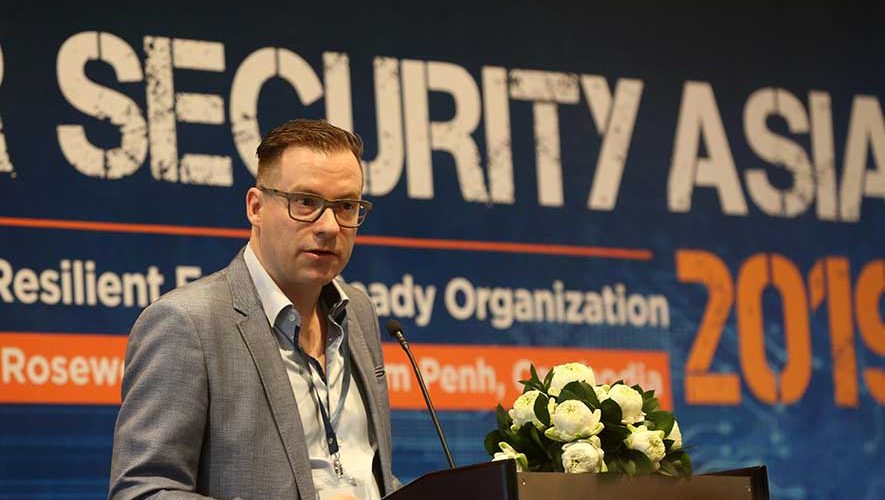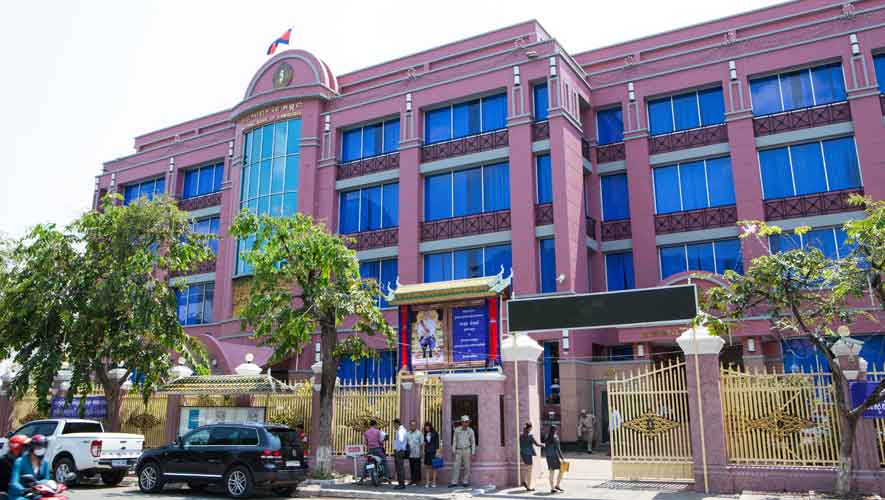The industry which played a small part in the past is starting to grow as more interest is placed by the government and foreign investors
For the latest Cambodian Business news, visit Khmer Times Business
The extractive industry has a huge potential of boosting the Kingdom’s economic growth but its share in the economy remains small. The industry contributed 32.8 percent to Cambodia’s gross domestic product (GDP) of $24.8 billion last year. The rest was made up of the service sector (39.3 percent), agriculture (21.8 percent), and taxes (6.1 percent).
This year, the sector is expected to contribute some 34.4 percent to the GDP with projections of up to 39.3 percent in 2023 as other sectors record slower growth in four to five years.
If we look at the share of extractive industry, which is the industry’s sub-sector, it is projected to contribute 1.9 percent of GDP growth in 2019, and two percent in 2020 and 2.3 percent in 2023. Its share to the industry sector as a whole would be 5.4 percent this year, 5.6 percent next year and about six percent in 2023, according to a report by the Centre for Policy Studies (CPC).
Cambodia’s natural minerals are classified under construction (soil, sand and gravel), industrial (limestone for cement), metal (gold, silver, aluminium and iron), non-metal (coal and iron), precious stones and semi-precious stones, and oil and gas (crude oil and natural gas).
CPC says last year, the government collected $18 million in revenue or 2.5 percent to total revenue in terms of royalty fee and non-tax revenue in the mining sector from just $2 million in 2013. Most of the revenue was from construction, and industrial mineral mining. The non-tax revenue in the mining sector increased after a reform by the Mines and Energy Ministry which included better governance.
Oxfam’s extractive industries’ report shows that the investment in Phase 1A in oil Block A is $175 million, Okvao Gold project – $130 million, cement plants $500 million, other industrial minerals $100 million, and mineral and oil and gas exploration $10 million.
The investment in mining activities was $150 million last year but is expected to reach $175 million this year, and up to more than $330 million in 2023. Mining investments contribution in total investment in the country was two percent last year, and is said to be 2.3 percent this year, and 3.3 percent in 2023 while the share of mining investment in industry investment was 4.4 percent in 2018. It could rise to 5.2 percent this year, and 7.6 percent 2023.
“The extractive industry is a potential sector to strengthen economic growth, restructure the economy, create jobs and increase government budget,” says Chan Sophal, director of the CPC.
The ministry’s reform and promotion of the extractive industry has resulted in positive effects such as higher share in GDP, more investment and a larger government budget. As such, Cambodia should plan accordingly and prioritise the mining sector in order to take the advantage of it.
“We need to make a choice in the type of development and economic activities we want for Cambodia. This should lead to decisions over areas Cambodia should prioritise, be it mining industry, reserve areas for agriculture, tourism development, preservation of indigenous people’s culture and natural resources,” says Solinn Lim, country director for Oxfam in Cambodia.
Mining does not go with others so we have to understand those trade-offs. By doing so, it will reduce negative impacts on the society and economy.
“Managing public expectation is challenging. There should be transparency to help reduce suspicion and build public confidence. Stakeholders should continue raising public awareness and allow the public to participate in its development,” Solinn adds.
As mining and oil and gas resources are finite, it is important that the use of these resources do not only benefit this generation but also future generations.
“The revenue collection should be transparent and made accountable. Its expenditures must go through the national budgetary process with Parliament overseeing it. For this revenue to truly benefit Cambodians it should be invested in universal healthcare and education, and social protection,” she says.
There are more than 400 companies operating in construction mineral mines, and around 50 companies in industrial and metal mines in Cambodia.
Issuance of license for industrial and metal mining is decreasing while some 40 to 50 licences have been withdrawn for reasons including failure to adhere to rules. Licenses have a seven-year validity period. Most investments for industrial mineral is by foreign companies based in Australia, Canada, India, China and Thailand.
Mines and Energy Ministry secretary of state Meng Saktheara tells Capital Cambodia that due to impacts on the community and environment, the government is strict on the issuance of license.
“Proposals by investors would only be considered if they complete an Environmental Impact Assessment (EIA) study. However, (we find that) impact from mining activities is usually caused by small businesses or family businesses that have mines. It is mostly construction material mining and they fail to do EIA studies but foreign companies frequently follow the requirements,” he says.
After receiving an approval in principle, the investor has to conduct another environmental assessment with the Environment Ministry to ensure its exploration does not affect the environment, he adds.
A business plan, technical condition and socio-economic benefit report are required once the investor begins exploration before the government issues a full license.
The ministry is in the process of preparing a mechanism to add corporate social responsibility assessment to license issuance requirements.
Communities, on the other hand, should join public forums to voice their concerns while private companies should conduct CSR and resolve issues if there are negative impacts from their projects.




